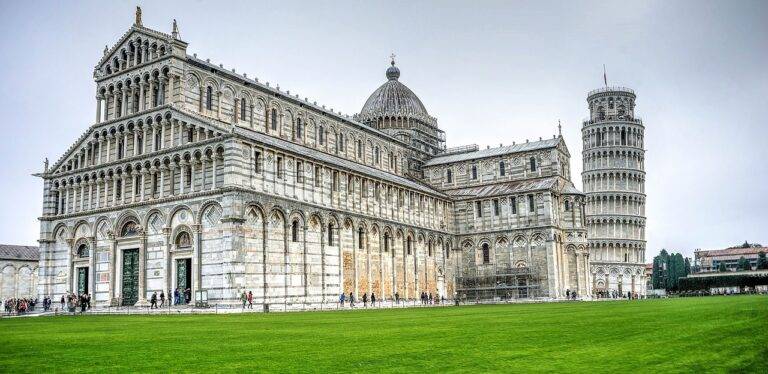Exploring the Camino de Santiago: A Spiritual and Cultural Pilgrimage
Pilgrimages to the tomb of St. James in Santiago de Compostela have been an important aspect of Christian devotion since the 9th century. The discovery of the remains of the apostle in the northwest of Spain sparked a tradition that continues to draw believers and seekers from all over the world.
Over the centuries, the Camino de Santiago grew in popularity, attracting pilgrims from various regions of Europe. The development of multiple routes leading to the shrine reflected the growing significance of the pilgrimage in medieval society, as well as the diverse spiritual and cultural motivations of those undertaking the journey.
The Various Routes of the Camino de Santiago
The Camino de Santiago consists of several different routes that pilgrims can embark on to reach the final destination of Santiago de Compostela in northwest Spain. Each route offers a unique experience, showcasing diverse landscapes, cultures, and historical landmarks along the way. From the French Way, the most popular route that begins in St. Jean Pied de Port, to the Coastal Way, which follows the breathtaking coastline of Northern Spain, there is a route to suit every pilgrim’s preferences and abilities.
The routes vary in length and difficulty, catering to both seasoned hikers and beginners looking for a spiritual journey. Some paths, like the Portuguese Way, offer a more leisurely pace with gentle terrain, while others, such as the Primitive Way, challenge pilgrims with rugged landscapes and steep ascents. Whether you choose to walk, cycle, or ride on horseback, the Camino de Santiago presents a pilgrimage experience that is not only physically demanding but also spiritually enriching.
The Significance of the Scallop Shell on the Camino
Pilgrims embarking on the Camino de Santiago often sport the iconic symbol of the scallop shell on their clothing or backpacks. This symbol holds deep significance and serves as a unifying emblem for those undertaking the spiritual journey. The scallop shell has been associated with the pilgrimage for centuries, guiding travelers along the various routes towards the final destination of Santiago de Compostela.
Traditionally, the scallop shell was used both practically and symbolically on the Camino. Pilgrims would use the shell to scoop water from streams or fountains to drink, highlighting its utilitarian value during the journey. Additionally, the scallop shell was a symbol of pilgrimage in the Middle Ages, with the ridges on the shell representing the different routes leading to Santiago de Compostela. Today, the scallop shell continues to be a powerful emblem of unity, community, and faith among all those who walk the Camino de Santiago.
What is the history of the Camino de Santiago?
The Camino de Santiago is a network of pilgrimages leading to the shrine of the apostle Saint James the Great in the Cathedral of Santiago de Compostela in Galicia, Spain. It has been a significant spiritual journey for over a thousand years.
What are the various routes of the Camino de Santiago?
There are several routes that pilgrims can take to reach Santiago de Compostela, including the Camino Francés, the Camino Portugués, the Camino del Norte, and the Camino Primitivo. Each route offers a unique experience and different landscapes.
What is the significance of the scallop shell on the Camino?
The scallop shell is a symbol of the Camino de Santiago and has been used by pilgrims for centuries. It is often worn as a badge or attached to a backpack to signify that the person is a pilgrim on the Camino. The shell is also used as a wayfinding marker along the pilgrimage routes.





